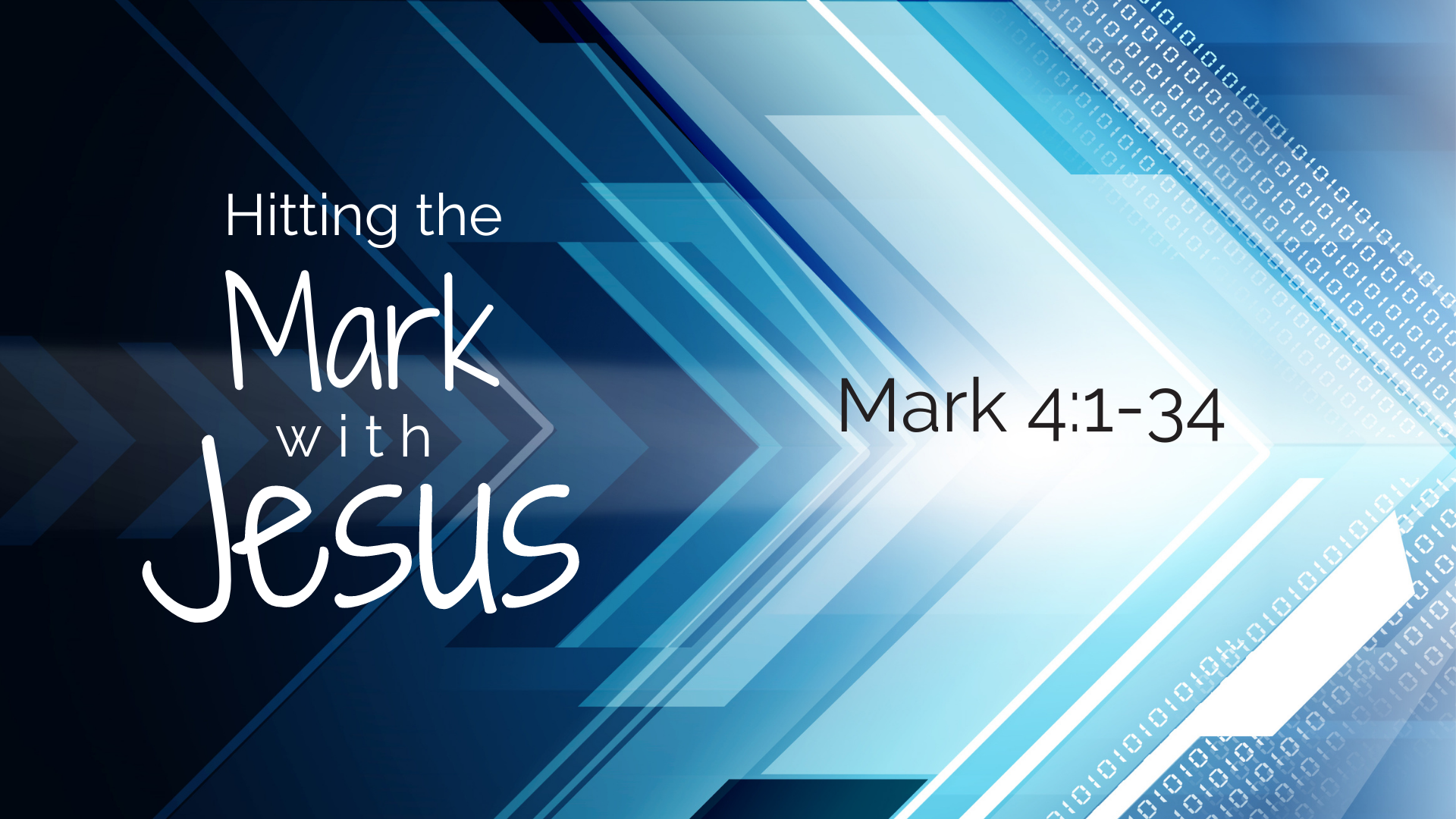Parables and Their Purpose

– Leading up to Sunday, February, 7th.
Mark introduces us to a new word in chapter three, verse 23: parables. Parables were powerful teaching tools in the hands of Jesu, the Master teacher. Though these stories are about everyday things, they pierce our hearts with spiritual truths. This week’s reading contains four parables in a row and there is much to learn from them, however, we must not lose sight of the purpose of Mark’s writing of this gospel: to help us see Jesus as the Son of God so we will believe in Him.
Bible Reading: Mark 4:1-34
The Parable of the Sower
- In your own words, tell this parable to someone else.
- What do you think the seed is? (verse 14) What do you think is the secret? (verse 11) What do you think is the soil? What did Jesus mean when He said “accept it” in verse 20 mean?
The Parable of the Lamp Stand
- In this parable, our Lord used a common object (a lamp) in a familiar scene (a home). The lamp was a clay dish filled with oil, with a wick put into the oil. In order to give light, the lamp had to “use itself up”; and the oil had to be replenished. What do you think the lamp represents? What does the oil represent? (Hint: what was filling people with for belief in the last parable?)
- The oil in the lamp burns up as it provides light. Can the lamp shine light without oil? Can it continually shine without being refilled? How does this apply to Christians?
The Parable of the Growing Seed
- Some seeds sown by the farmer will fall on soil that won’t let it grow. Some seeds will grow, but we cannot explain how. How do you think this passage encourages us in the work of spreading God’s Word (the seed)?
The Parable of the Mustard Seed
- What does this parable of the smallest seed being planted becoming the largest plant in the garden tell us about God’s Kingdom?
- Verse 34 – why do you think Jesus told parables to the crowds but only explained them to the 12 Apostles?

Leave a Reply